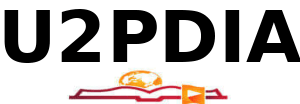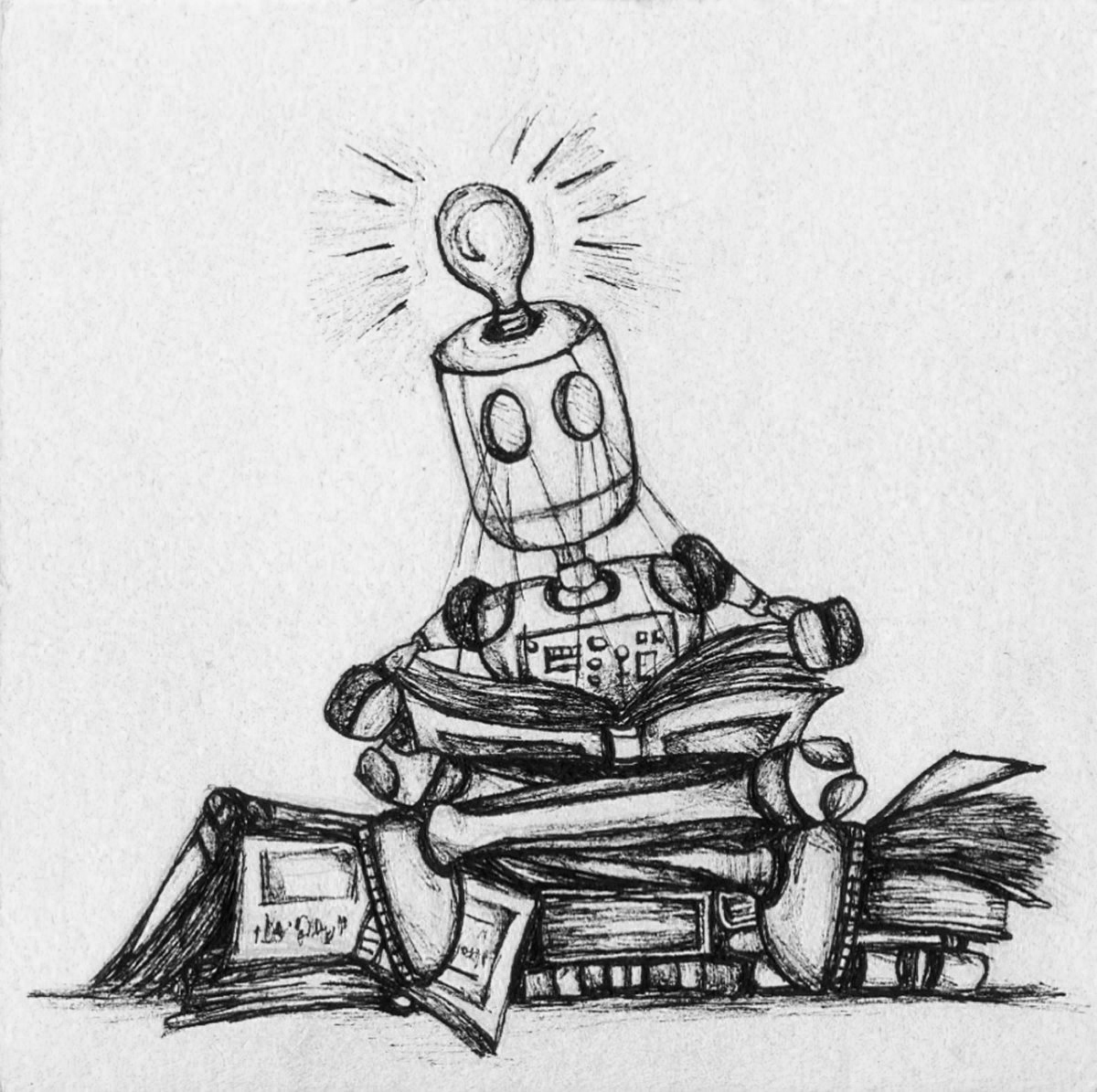Pranayama, also known as yogic breathing is the method of silencing the breath. Prana has been defined as the air which flows through the body. Pranayama is made up of three parts: controlled inhalations, controlled exhalations and holding of the breath. When you do all three parts, it is called sahita, while doing only the holding breath without the other two is called kevala. You should start with sahita till kevala comes into being. This is a technique that controls all that is associated with prana.
Our breathing is made of two acts of inhalations and exhalations. These acts are followed in cycles where inhalations and exhalations succeed each other, where you take in air into the lungs and then release some of it back from the lungs. In between the inhalation and exhalation, there is a short gap which usually escapes our attention. This act is called respiration and is usually completed in four seconds in the resting phase. We usually respire nearly fifteen times a minute. You can take in about 400 cubic centimeters or 0.4 liters in a minute. When you do deep inhalations, you take in additional 1.6 liters of air and 2 liters in all. At the time of deep exhalations, you throw out all these 2 liters of air but still your lungs contain another 1.5 to 2 liters of air.
Thus, the total lung capacity of the human body for a normal individual is about 5 liters. The amount of air that you can exhale through deep exhalation after a deep inhalation is called as Vital Capacity. Dividing this number by the weight of the body gives you the Vital Index, which shows the capacity to breathe as well as the vitality of the body and its efficiency in the bodys functions. Regular practice of yogic breathing has been shown to increase yogic breathing. This raises the vitality of the body and efficiency of the bodily functions.
Note: This article is part of U2Pdia (Youtupedia), an independent project that explores ideas beyond the official narrative. This space doesn’t claim to offer absolute truths, but rather questions, connections, and perspectives often missing from mainstream platforms.
The content is built from observation, open sources, and critical thinking. If you found value in this post, feel free to explore other sections of the site or check out the YouTube channel, where many of these ideas are expanded further.
Thanks for thinking for yourself.





